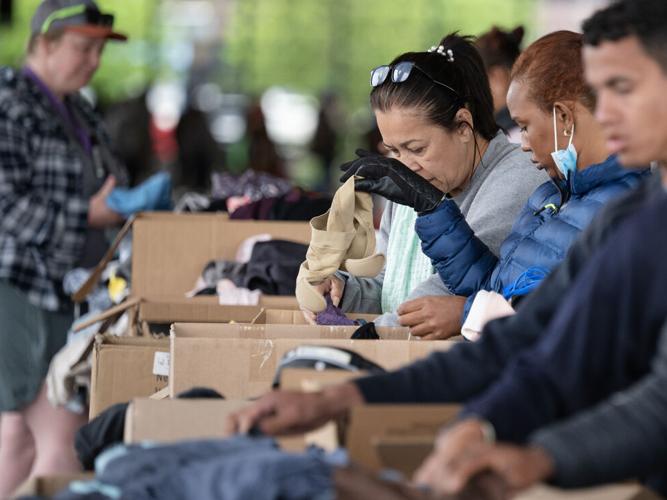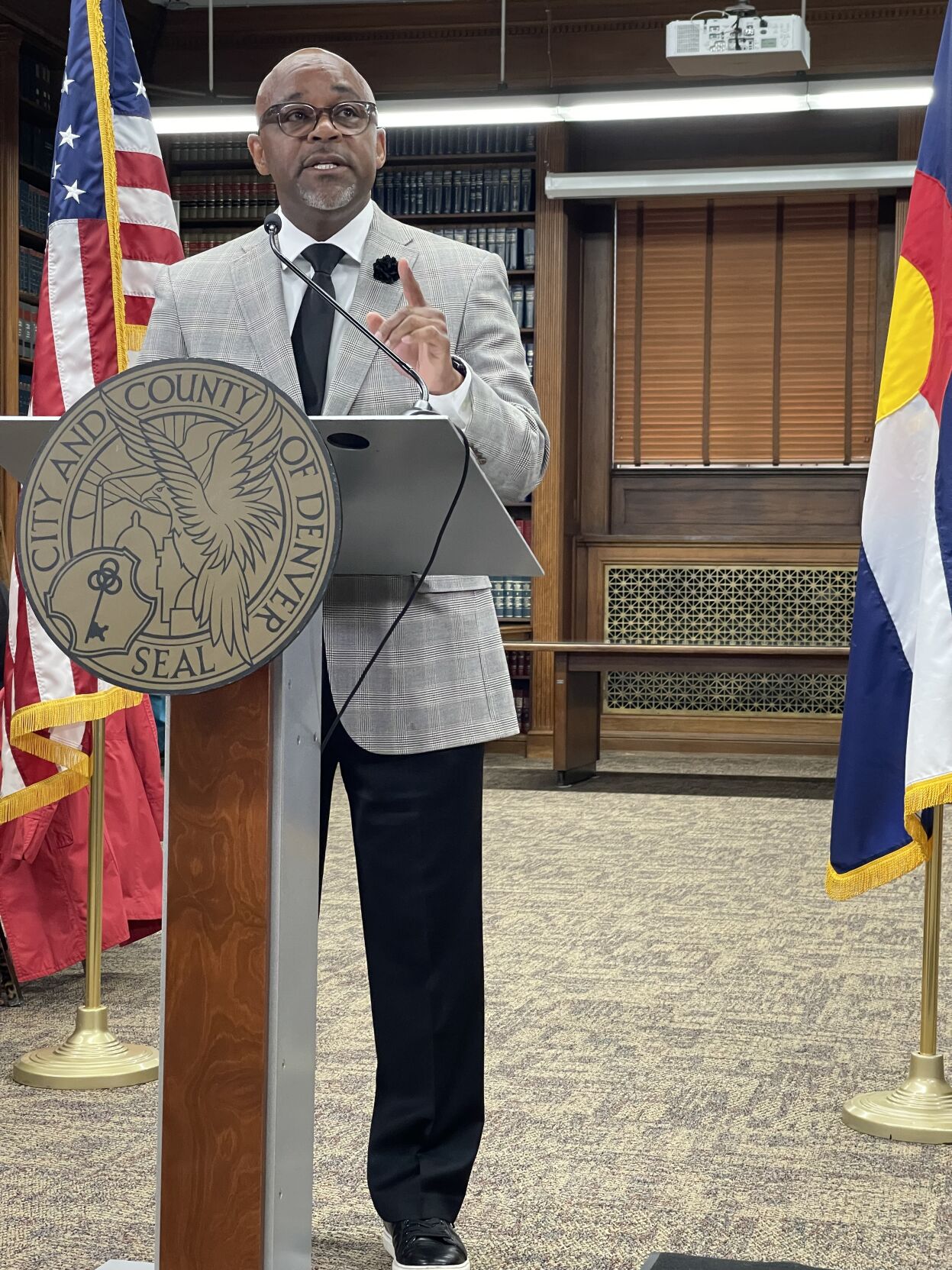The end of Title 42 and the return to normal is ‘a real mess’ CU Law professor says
No one has a crystal ball.
But with the expiration of Title 42, one thing appears fairly certain: The return to “normal” is going to be messy.
“We’re sort of back to the problems we used to have prior to Title 42,” said Megan Hall, an immigration lawyer who teaches refugee and asylum law at the University of Colorado at Boulder Law School.
Hall added: “It’s a real mess.”
Title 42 — which ended last week with the end of the federal emergency designation for the pandemic — was a Trump administration policy that allowed the U.S. to quickly expel immigrants at the southern border without permitting them to apply for asylum to curb the spread of COVID-19.
In the days leading up to the policy expiring, thousands of immigrants from Central and South America created a bottleneck at the southern border.
Most of the newly arrived immigrants are headed to gateway cities, such as Los Angeles, Chicago, New York and Miami, Denver officials and nonprofit representatives say.
And many are making their way to Denver.
While Hall said it is unclear whether the bottleneck at the border means the immigration spike has already happened or if it is still coming, city officials worry that even a little bump will fray an already stressed system.
On Thursday, Mayor Michael B. Hancock warned — again — that the city is nearing a breaking point.
As of Monday, the city has served more than 9,800 immigrants since December.
Local organizations on the forefront of the response to the humanitarian crisis have said that they are at, or near, capacity.
With the end of Title 42 looming, the Biden administration implemented a new rule Thursday basically stating that, if an immigrant hasn’t sought legal entry, he or she won’t be granted asylum. It is already being challenged in court.
That policy bars from asylum all non-Mexican immigrants arriving at the southern border who haven’t first sought and been denied asylum from one of the countries they passed through on their journey to the U.S.
The American Civil Liberties Union in Northern California filed a lawsuit in federal court last week to block the new rule, arguing that the new policy is unlawful.
Immigrant advocates note the Refugee Act of 1980 requires — and the courts have upheld — that the United States cannot not expel immigrants without identifying those who fear persecution or torture.
Regulations, Hall said, can’t conflict with statute.
Ira Mehlman, a spokesperson for Federation for American Immigration Reform (FAIR), is taking a wait-and-see approach to the new rule.
“We want to wait and see if it’s actually going to be restrictive,” Mehlman said. “The administration has a track record of saying they’re enforcing and going to curb the abuse and in fact do nothing to curb the abuse.”
On its website, FAIR, organization based in Washington D.C., says it seeks to “restore common sense border controls” and reduce overall immigration levels to roughly 300,000 a year.
As of April, the U.S. had 24,944 immigration detention beds, according to Syracuse University’s TRAC Immigration. A little over the majority of detained immigrants, 56.7%, have no criminal record.
Immigrant advocates, such as Hall, believe the ultimate solution is a system overhaul.
“It’s not humane to detain people who have not committed a crime,” Hall said. “Seeking asylum is not a crime. Crossing the border without authorization is an immigration violation. It’s not a crime.”
Others argue that crossing the border without proper authorization should be properly viewed as a criminal offense and a more lenient approach would only invite more people to violate federal immigration laws.
City officials said the immigrants pick Denver because of El Paso’s relative proximity to Denver, at least in terms of being able to get to the city by bus with relative ease.
Officials noted that the bus fare to Denver is less expensive from West Texas to other places in the country. Organizations that support the immigrant community also highlight the resources and diversity in the community, as well as its status as a “sanctuary city,” as reasons attracting the immigrants to Denver.







